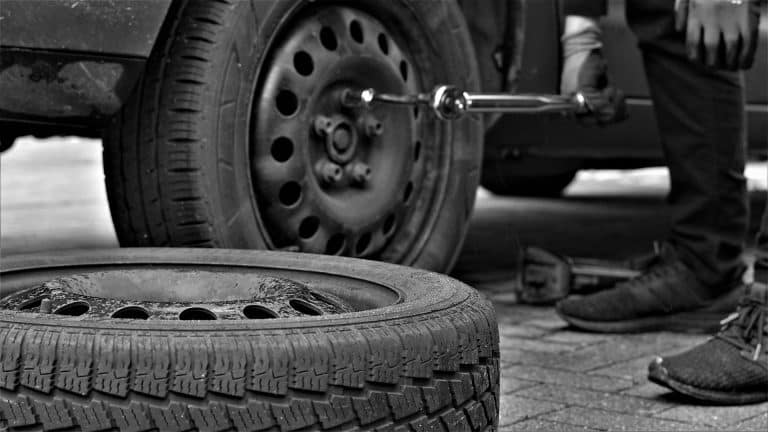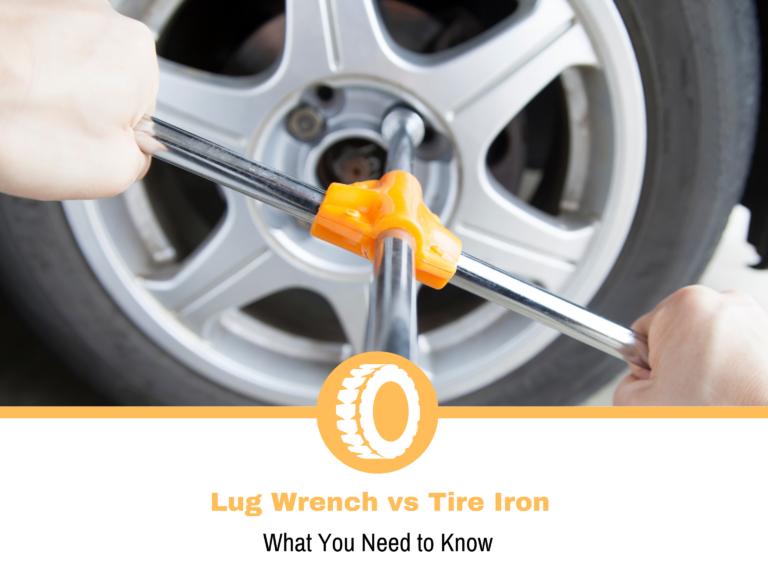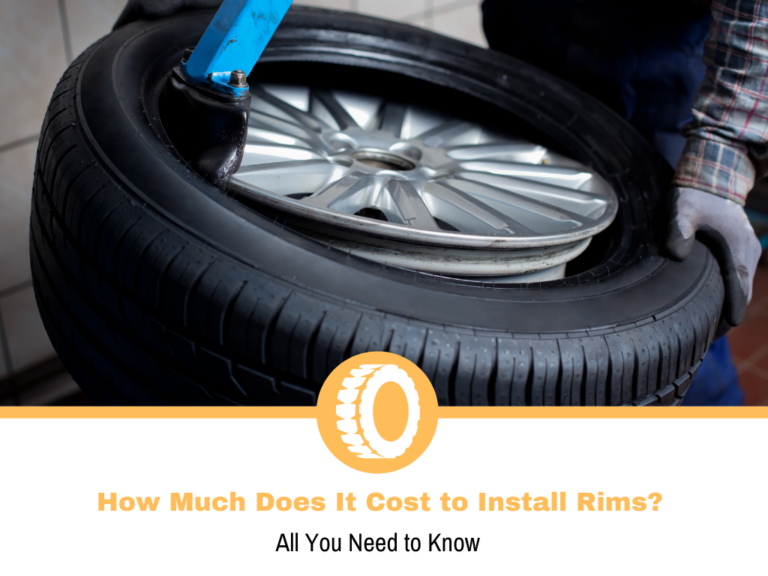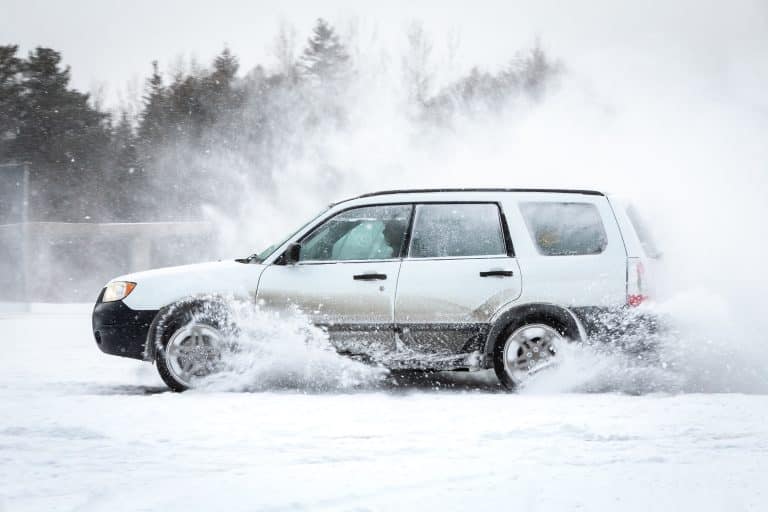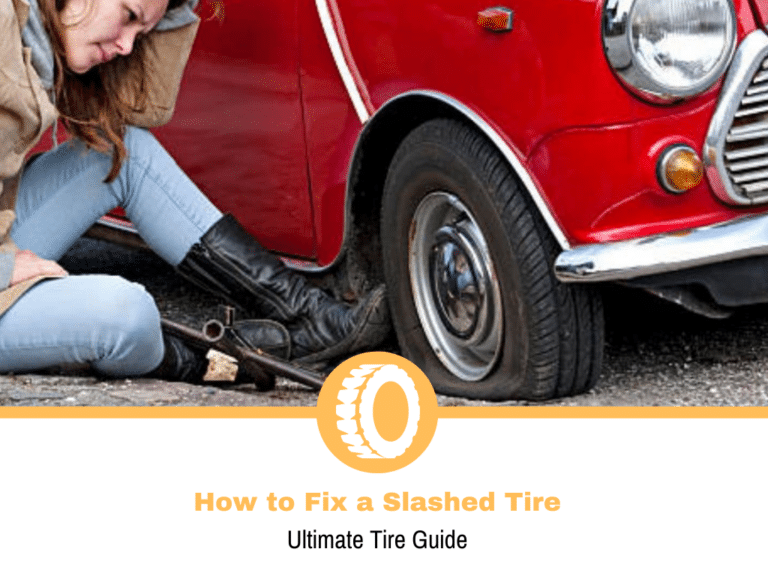How To Check Tire Pressure Without A Gauge
A tire blowing out, poor mileage, and just uneven wearing can occur because of incorrect pressure.
So, we highly recommended that you check your tire pressure each time you head out of the house or when filling your car with gas.
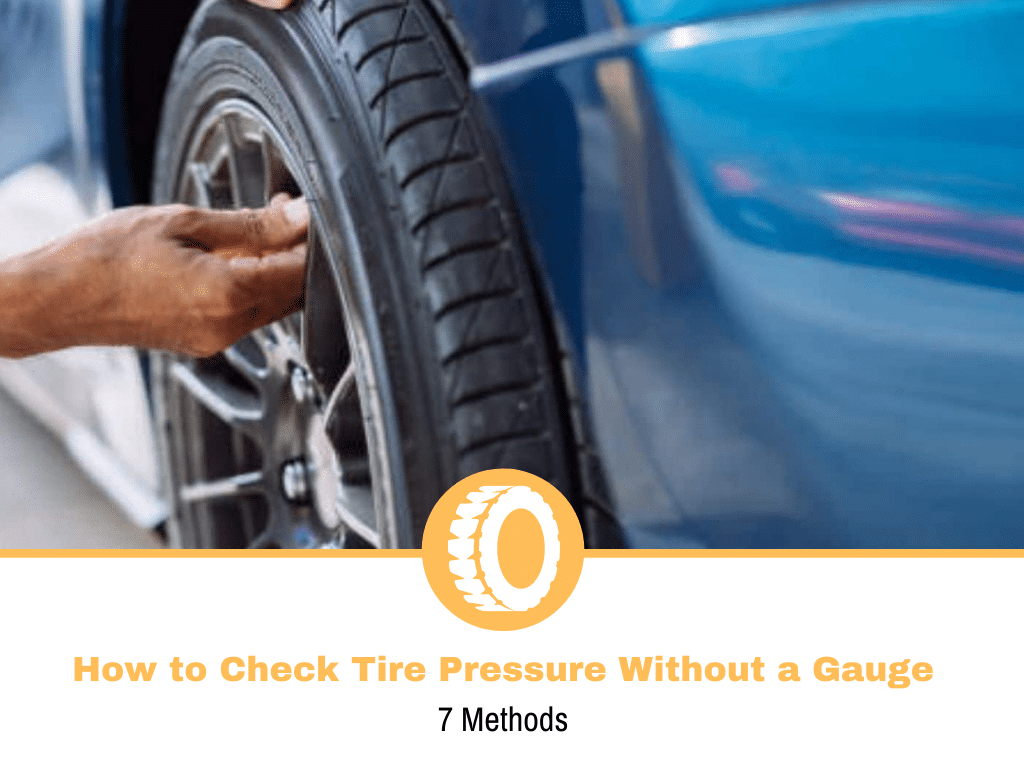
But how does one check the tire pressure without a gauge? Well, before we get into that remember that the tire pressure check is one of the most important considerations before riding. You won’t realize what has been missing until you inflate tires correctly.
How To Check Tire Pressure without a Gauge
There are several ways to manually check your car’s tire pressure. Below are some simple, easy to follow steps that you can keep used to check your tire pressure without a gauge:
Method 1: Hand Pressure
In case you have left the gauge at your house, don’t panic! You can easily check the pressure of the tire with your hands.
- On the tire push your hand down. In case the tire seems squishy and soft, the pressure of the tire is low. If it feels too hard, and you aren’t able to push down even a little bit, the tire is overinflated.
- So, in a situation where it feels low, just pump more air, while checking it with your hand gradually. And if it was overinflated just let a bit of air out, till slight softness can be felt.
Ideally, a slight push over the tires should be possible.
Method 2: Eyeballing It
Now, this is a method that needs a little bit of patience, practice, and expertise! Just by eyeballing, checking the tire pressure is difficult, but possible!
- Firstly, park the vehicle on a flat surface.
- Now from a distance, watch the vehicle tires from back and front.
- Also, look from both of the vehicle sides, and see if there is any part of the tire that’s protruding. Remember that you are checking for even the slightest bit.
- If you see this sign, pressure in the tire is low.
- Add more air to the tires till it’s firm and not rock hard.
Method 3: PSI Check
All of the vehicles come with their tire PSI number; it’s also called Pound Force for every square inch. You will get this information in the driver’s manual or it’s mentioned in the side door of the driver’s side. The number usually represents the lowest PSI that the tire must be inflated to properly function. However, you can raise or lower the PSI as needed.
For instance, for
- Minivans and sedans the suggested PSI lies between 26 and 32. But if needed that can reach 40.
- SUVs and pickup trucks have the PSI from 5 to 10 more when compared with smaller vehicles.
Method 4: Cargo Check
Depending on the cargo that you have loaded on the vehicle, tires at the back might get weighed down.
- So, if one of the vehicle sides has more weight than the other, it’s recommended that you add more air on the back tires. This will help with even weight distribution.
- Make sure that you are adding more air after cargo gets unloaded for getting PSI to normal.
Method 5: Ride In Mud Exam
This can sound amusing but can work. For the mud exam, follow these steps:
- Take a marking substance or ink and apply it to the tires.
- Then also make a mark on the road with slight car movement.
- Make sure that this is being done on pavement or road with a flat surface.
- Now, observe the trail that has been made with the tire. The observation will offer comparative results on the tiring amount that was touching the surface.
The trail made with the tire having less air will be smudged and different when compared with others.
- Add a little more air and then, repeat the test till the needed tire pressure is attained.
Method 6: Thumb Calibration
Using your thumb pressure for checking tire pressure is again one of the standard methods. The method has similarities with the hand pressure method that we mentioned, so just follow the steps while checking with your thumb.
Method 7: Mass over Wheels
- Try putting maximum weight over the tires.
- Tires having low pressure get deformed by 10 to 15%.
- If you notice any deformation, you will have an idea of the needed air filling.
How do I put air in my tires without a gauge?

If you aren’t having a pressure gauge, you can make use of any of the methods we have mentioned above. Or you can also make use of an air gauge that’s built-in on any air pump. Just attach the air hose or tire gauge with it. Very gently connect the tire gauge of the vehicle and read the pressure of each vehicle tire. If you think airflow is present near the valve, the connection has to be tightened.
How do I know if my tire pressure is low?
For making sure the vehicle runs efficiently and smoothly, some specific signs indicate low pressure in tires that you must know. This will make sure that you take instant action:
- A spongy drive. If there is a noticeable softer vehicle driving felt, it indicates low pressure in tires.
- The vehicle can feel as if shock absorbers aren’t working.
- Alignment issues.
- Gas mileage reduction.
How do I know if I put enough pressure on my tires?
It might take some effort in keeping the hose over the valve system strongly. Observe if there is sufficient air pressure inside tires by releasing the inflation lever. The gauge over the hose fitting will give you information on approximate air pressure. This can be repeated with the gauge at your home.
Can you drive with low tire pressure?
You shouldn’t be driving if the tire pressure is low! This can make the vehicle run out of control in case you are at high speed. This will not just put you in danger, but also for fellow passengers and other people on the road. Additionally, having low pressure in the tire has a bad impact on fuel economy and can cause wearing out of the tire a lot faster.
Final Thoughts
We say it again: Right tire pressure is critical! While we do recommend that you buy a pressure gauge, being able to estimate the tire pressure without a gauge can be helpful in needed situations. Either way, make sure you are always vigilant with the tire pressure of your vehicle for complete safety!
